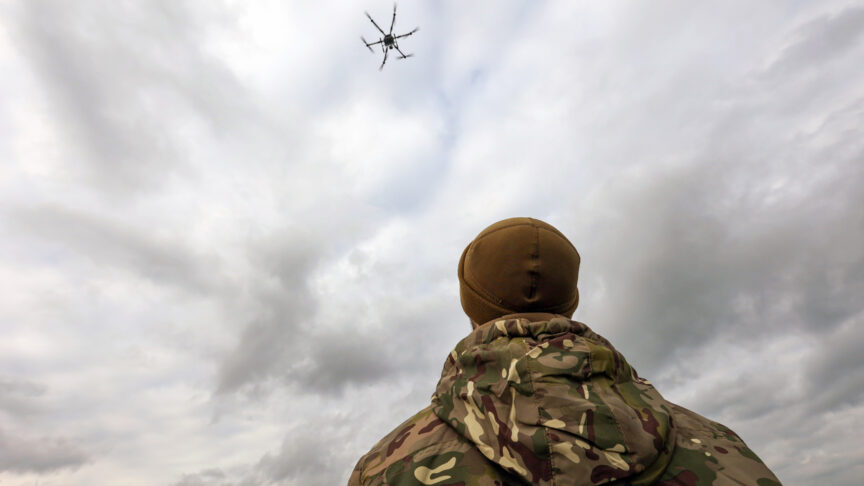Hanna Shelest
Introduction
 Ukraine’s response to the Russian invasion holds vital lessons for the rest of Europe. Kyiv has placed cross-society resistance at the heart of its national defence, bringing all military and security agencies under a single command, assisted by support from the civilian population. Since 2014, the country has transformed its armed forces, upgrading logistics and communications and empowering mid-level officers; put in place a network of reservists; and taken measures to ensure Ukrainian society’s broader resilience to crises. It built this approach both on the adoption of NATO best practices and on a unique movement of volunteers who raise funds to support the war effort, merging defence and measures to increase national resilience into a single system.
Ukraine’s response to the Russian invasion holds vital lessons for the rest of Europe. Kyiv has placed cross-society resistance at the heart of its national defence, bringing all military and security agencies under a single command, assisted by support from the civilian population. Since 2014, the country has transformed its armed forces, upgrading logistics and communications and empowering mid-level officers; put in place a network of reservists; and taken measures to ensure Ukrainian society’s broader resilience to crises. It built this approach both on the adoption of NATO best practices and on a unique movement of volunteers who raise funds to support the war effort, merging defence and measures to increase national resilience into a single system.This constitutes a ‘third way’ between the ‘total defence’ model of Sweden, Finland, Singapore, and Switzerland, which brings together military and civilian actors in a whole-of-society approach to security; and the strongly hierarchical model of the United States, Russia, and China, where decision-making is centralised in the political leadership. The total defence approach concentrates on defence and deterrence, while Ukraine’s approach also prioritises resilience – including a comprehensive but agile coordination of a variety of forces within and beyond the government.
Europeans should learn from this. Countries across the continent have struggled with the question of how to coordinate their security and defence agencies – particularly across civilian and military bodies – in the face of terrorist attacks and cases of malign foreign influence, but no EU member state has recently had to test their systems in war. This learning should be a two-way street, with Europe delivering arms and training to Ukraine, and in return learning from the Ukrainian experience of building a system of national resilience and defence.
No comments:
Post a Comment